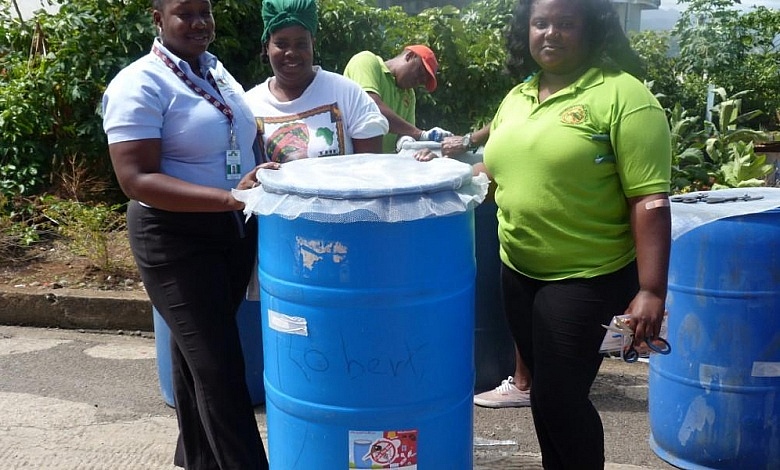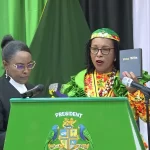Disaster Response Initiatives in Dominica

Disaster Response Initiatives in Dominica have been developed to enhance resilience against hurricanes, tropical storms, and other natural disasters. The island’s disaster risk management framework integrates government agencies, community-led initiatives, and international partnerships to ensure rapid emergency response and long-term preparedness. With a history of extreme weather events, Dominica continues implementing risk reduction strategies, strengthening infrastructure resilience, and improving early warning systems to protect lives and livelihoods.
Dominica Government Agencies Managing Disaster Response
The Office of Disaster Management (ODM) is Dominica’s primary agency coordinating disaster preparedness and response. Its role includes developing risk reduction strategies, implementing emergency protocols, and collaborating with national and international agencies to strengthen disaster resilience. The National Emergency Planning Organization (NEPO), chaired by the Prime Minister, is the main body overseeing disaster response strategies, ensuring the country remains prepared for emergencies.
Community-Based Disaster Initiatives
Dominica has significantly invested in community-led disaster preparedness through initiatives like Community Early Warning Systems (CEWS) and Community Disaster Response Teams (CDRTs). CEWS have been established in vulnerable villages such as Soufrière, Wotten Waven, and Marigot, providing localized alerts and improving communication between residents and the ODM. CDRTs are trained volunteer teams that provide immediate support during disasters, utilizing lessons from past events like Hurricane Maria (2017) to strengthen local response efforts.
International Support and Collaboration
Dominica’s disaster response framework benefits from partnerships with international organizations. The Global Facility for Disaster Reduction and Recovery (GFDRR) has conducted assessments to develop strategic roadmaps to enhance Dominica’s disaster preparedness. USAID has played a significant role in post-disaster recovery, offering humanitarian assistance and rebuilding essential infrastructure.
Policy and Legislative Framework
The government has established several policies to guide disaster risk management and response. The National Climate Change Adaptation Policy (2002) provides a roadmap for addressing climate-related challenges. The Disaster Preparedness Plan for the Agriculture Sector (2006) focuses on securing food production during extreme weather events. The Low-Carbon Climate-Resilient Strategy (2012) integrates sustainability into national development planning.
Major Disaster Events and Response
Major natural disasters have tested Dominica’s disaster management systems. Tropical Storm Erika (2015) caused catastrophic flooding and landslides, leading to the declaration of nine special disaster areas. ODM and international partners coordinated relief efforts focused on evacuations and infrastructure rehabilitation. In 2017, Hurricane Maria, a Category 5 storm, devastated 85% of Dominica’s homes, causing widespread damage to critical infrastructure. The response involved large-scale humanitarian aid and reconstruction initiatives supported by global organizations and regional allies.
Future Disaster Resilience Strategies
Dominica continues to enhance its disaster response initiatives by strengthening climate adaptation policies, expanding the Early Warning System, and investing in disaster-resilient infrastructure. Efforts are also focused on educating communities on risk mitigation and emergency response, ensuring that Dominica remains prepared for future challenges.
Through continued government leadership, community engagement, and international support, Dominica is steadily building a more resilient disaster response system, ensuring a safer future for its people and environment.




